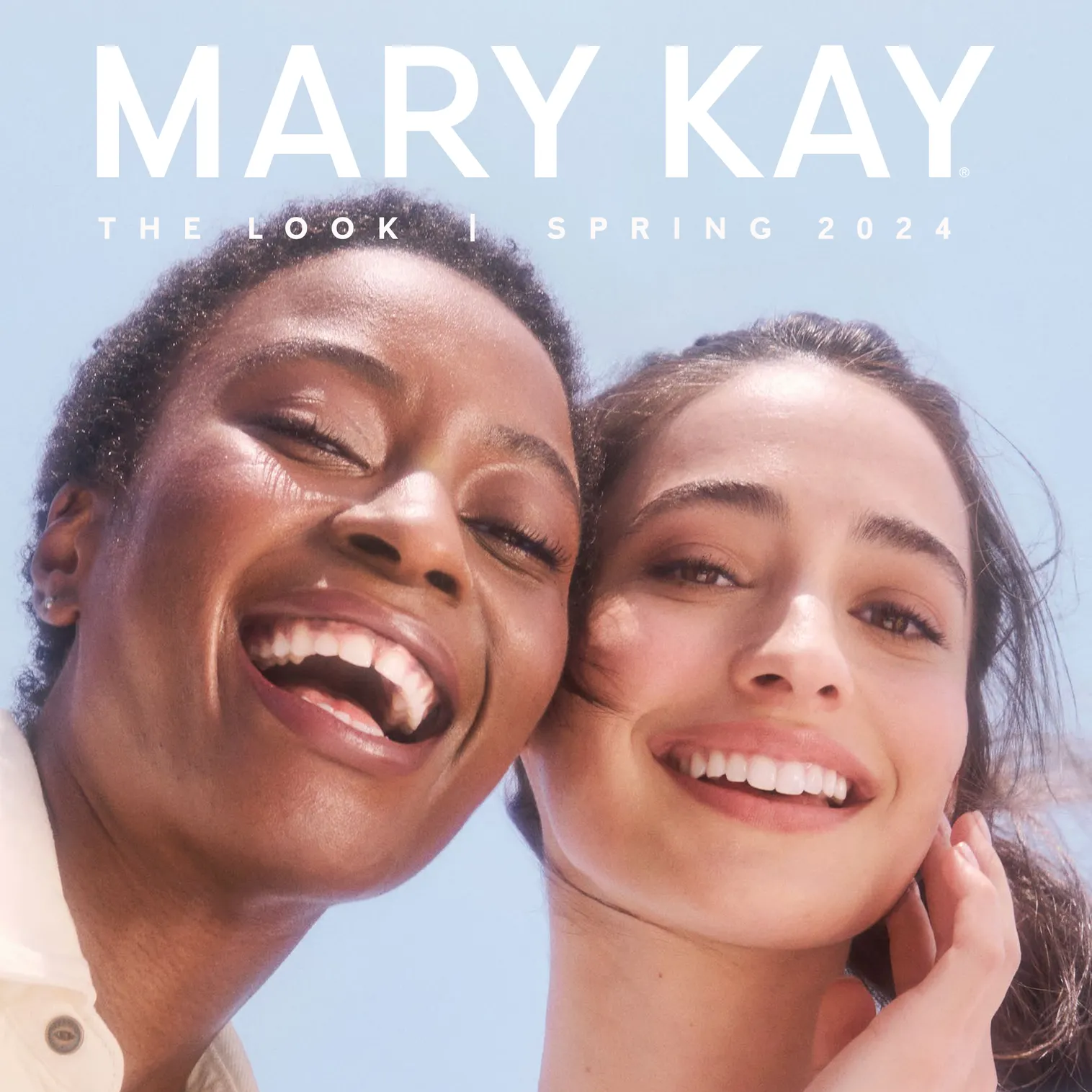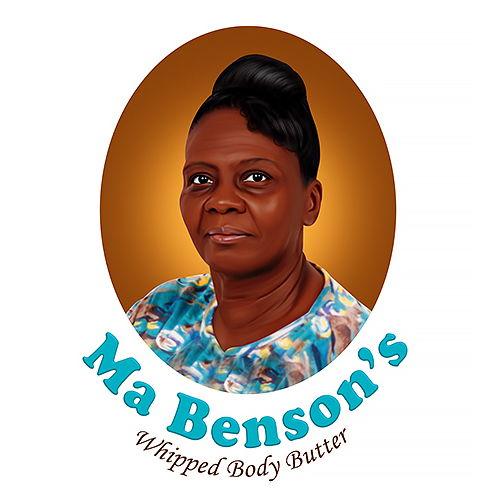Chords are an essential foundation when playing the guitar. They lay the groundwork for melodies and harmonies. And if you’re looking to improve your guitar skills, learning the guitar chord chart is a great place to start. Here are some tips for making the learning process easier and more fun.
1. Create a practice plan
When starting to learn chords, you need to have a practice plan. This will help you learn guitar chords quickly and efficiently. Here are some tips for making a practice plan:
With a little practice, you’ll be playing all your favorite songs in no time!
2. Find reliable resources
When you play chords for the first time, you need reliable sources. Many people who want to play guitar turn to the internet for lessons and tutorials. While there are some great websites and videos out there, it’s important to be aware that not all of them are created equal. There are many sites that don’t provide accurate information or try to sell you something. To ensure that the site is reliable, here are several things to look for:
With these simple tips, you can get accurate information from a reliable source when learning to play chords on acoustic guitars.
3. Start playing open chords
Guitar beginners must start with open chords. These chords are easy to play as they use open strings. Learning to play open chords is a great way to improve your guitar playing. By adding these chords to your repertoire, you will be able to play many more songs. Here are tips to remember:
Open chords are an essential part of playing the guitar, so it’s important to spend some time learning them.
4. Learn to read guitar chord diagrams
Learning to read guitar chord diagrams is a valuable skill for any musician. Chord diagrams are helpful for understanding the relationship between the notes in a chord and their respective positions on the fretboard. By taking the time to learn how to read chord diagrams, you’ll be able to more quickly and easily visualize the guitar chords you’re playing and ultimately become a better musician. Here are a few things to keep in mind when reading chord diagrams.
Once you’ve memorized some basic chords and their corresponding diagram, you’ll be well on your way to becoming a guitar virtuoso!
5. Learn to play Barre chords
Barre chords are essential tools for any guitar player. They allow you to play a wide range of notes and move quickly up and down the fretboard. Barre chords can be tricky chord shapes to learn at first, but once you get the hang of them, they open up a whole new world of possibilities on the guitar. There are two main types of barre chords: major and minor. Here’s a comparison:

|
Types |
Description |
How to Form It |
Example |
|
Major Barre chords
|
Used to play major chord progressions |
You place your index finger across the six guitar strings at a specific fret. |
If you place your index finger at the third fret, you would be playing a G major chord. |
|
Minor Barre chords
|
Used to play minor chord progressions |
You place your index finger across the six strings at a specific fret and also use your middle finger to hold down the second string at the third fret. |
If you place your index finger at the third fret and your middle finger at the fourth fret, you would be playing an A minor chord.
|
6. Train your ears whenever you practice
When you begin to learn guitar chords, it can be difficult to tell if you’re playing the chords correctly. This is because our ears aren’t yet attuned to the guitar chord sound. However, it’s important to train your ear whenever you practice, as this will help you to improve your playing and make it sound more polished. Here’s how to do this:
With a little bit of consistent practice, you’ll soon be able to play guitar chords like a pro!
Wrapping Up
We hope that you have found these guitar tips helpful in learning chords. Remember to practice regularly and be patient. With enough time and effort, you will play any chord shape you come across. Once you have mastered a few basic chords, start branching out and trying new ones. Soon, you’ll find yourself playing your favorite songs on the guitar.





